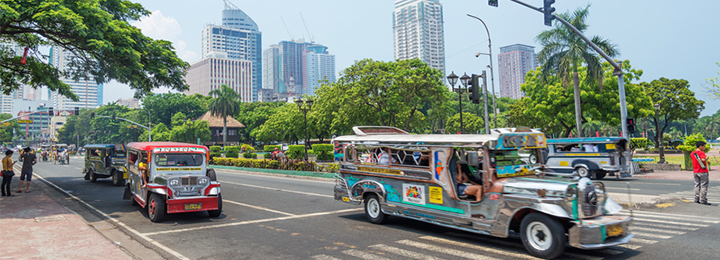Kline’s Energy Practice is regularly asked about volumetric lubricant demand growth and where opportunities exist for a supplier of industrial and automotive lubricants in a particular country market. In the not-too-distant past, emerging and developing country markets were rapidly growing in terms of lubricants demand and, as such, it wasn’t hard for a supplier to ride the wave and build volume. Those opportunities seem to be fewer and far between, and lubricant suppliers must now take a more focused approach to identifying and monitoring trends at or just below the surface in order to be on the right side of the demand wave going forward.
For example, take the commercial automotive market segment which includes all on-and off-highway sectors. Market changes are much slower than in the consumer automotive segment, for example, which means suppliers should look even more closely for key indicators of change and quickly react to claim their share of the demand. This is no more evident than in the Philippines. The country, for the most part, supports an old vehicle parc with a large demand for monograde HDMO. Used vehicles from neighboring countries are routinely imported into the Philippines, which continues the cycle of high monograde demand and, with it, the use of obsolete API service categories, low penetration of synthetics, and limited consumer brand awareness and loyalty to a particular supplier.
Recent in-country primary research conducted by Kline’s Energy Practice team for our soon-to-be-published Global Lubricants: Market Analysis and Assessment syndicated report revealed several initiatives and market trends that will power the wave in terms of lubricants demand over the next five to 10 years.
1. Development of infrastructure: The Duterte administration’s Build, Build, Build economic project for infrastructure development will largely benefit the construction segment. The program is planned to increase spending on infrastructure from 5.4% of the GDP in 2017 to 7.3% by the end of 2022. According to the National Economic Development Authority, nine out of the planned 75 projects are under construction, and about 28 will be completed by 2022. The projects include six airports, nine railways, three bus rapid transits, 32 roads and bridges, and four seaports. The program is expected to make the movement of goods and people more efficient, drive economic growth, and create employment opportunities. With the growth in construction activities, the rise in demand of construction equipment will drive the demand of commercial lubricants.
2. Growth of ride-hailing services: Apart from the metered taxis operating in urban areas, there is an increasing number of private taxis and app-based ride hailing platforms such as Grab and Uber due to the lack of an adequate public transportation system. The number of Uber and Grab drivers is increasing in major cities such as Metro Manila and Cebu. Such a trend is expected to positively impact commercial lubricant demand, as more and more vehicles are being added to the fleets of the companies providing the ride hailing services. In addition, OEMs are trying innovative ways to increase their share in the market. Some are trying to tap into the growing ride hailing segment. One of the major OEMs, Hyundai Motors, provides special offers on routine maintenance services to Grab and Uber vehicle owners.
3. Modernization of Public Utility Vehicles (PUV): The Land Transportation Franchising and Regulatory Board (LFTRB) and the Department of Transport (DOTr) plan to modernize Jeepneys under the Public Utility Vehicle Modernization Program (PUVMP). It features a regulatory reform and sets new guidelines for the issuance of franchises for road-based public transport services. The program mandates the phasing out of Jeepneys, plus buses aged 15 years and older, and the replacement of non-Euro 4 compliant engines with new models prescribed by the government. The PUVMP is expected to develop a restructured, modern, well-managed and environmentally sustainable transportation sector. There are plans to replace old Jeepneys with new electric Jeepneys and modern PUVs. These modern PUVs are designed to be environmentally friendly, safe, secure and convenient to passengers with disabilities. However, the implementation of such a large-scale plan remains an issue of concern, as many transport companies are not ready for the transition, and the disposal of old vehicles is a cumbersome task.
These select examples of government and industry initiatives designed to spur economic growth, provide employment, offer economical and environmentally friendly public transportation options to the general population, and drive demand for finished lubricants are researched and presented in all of the countries Kline researches as part of our Global Lubricants report. The report will be published and available for full or partial subscription in the 3rd quarter of 2019. For more information, please contact a regional sales associate for details.

